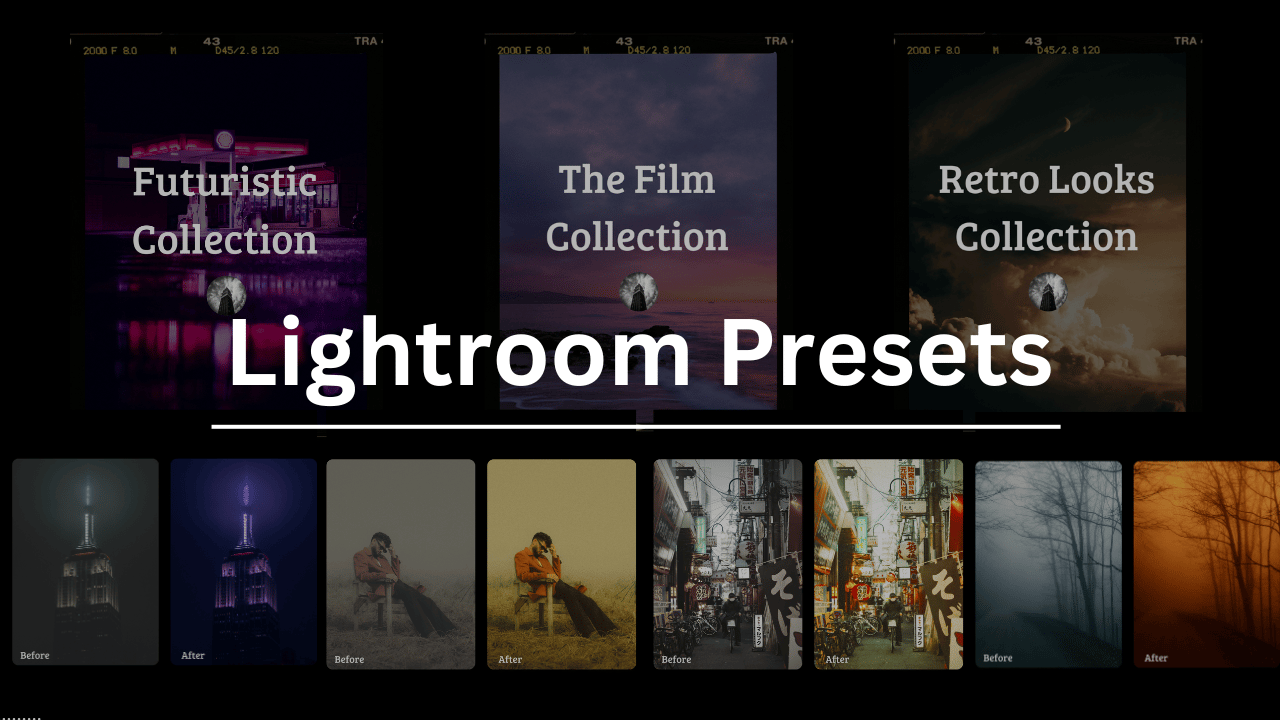📸 The Magazine For Photographers - Bite Size
Read the Latest Photography News and Updates in the Creative Industry in 3-4 minutes or less ;)

Important note: All photography articles are NOT sponsored
The Latest News:
Reto’s New 35mm Film Camera
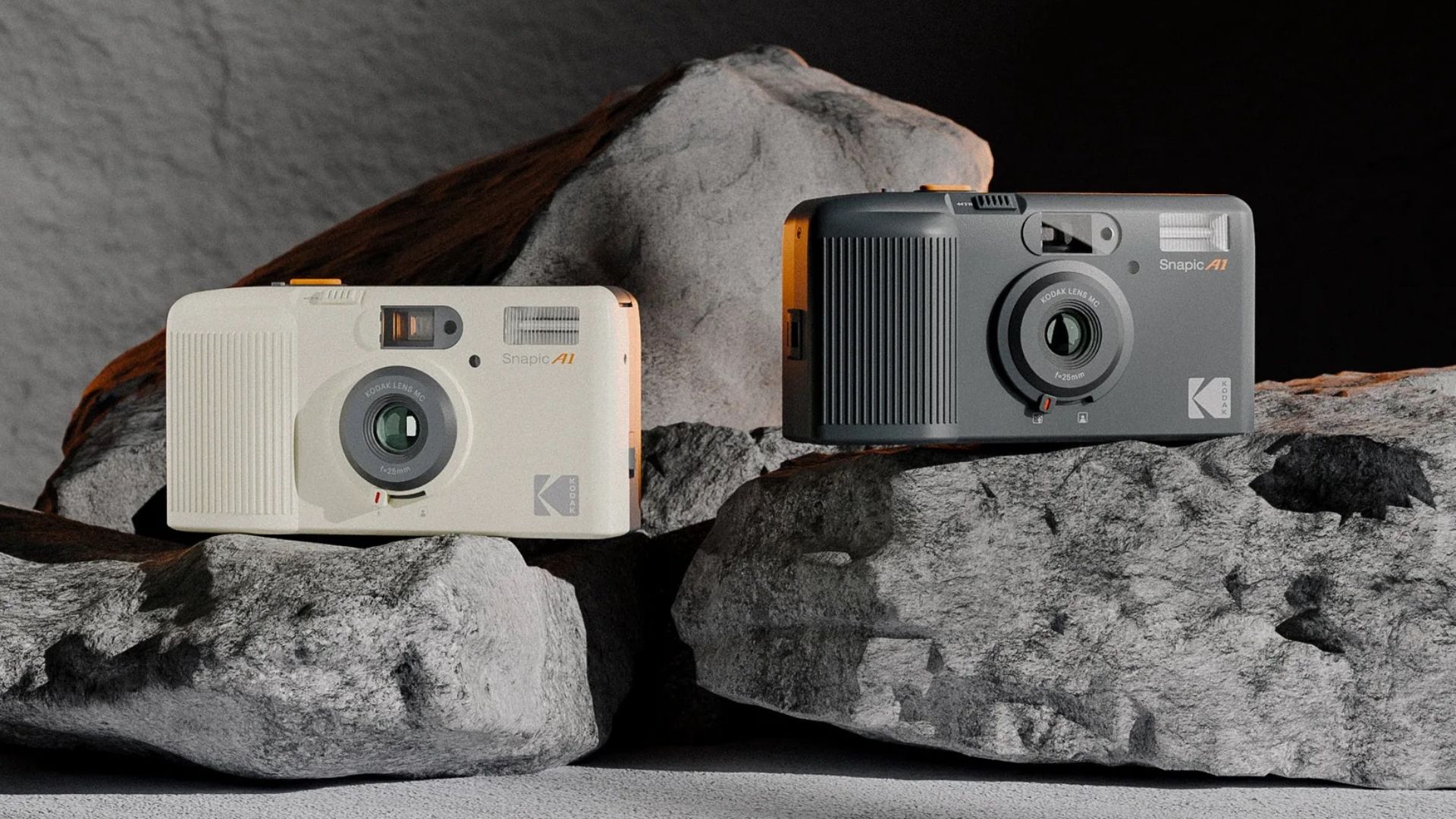
credits: Reto
Reto, the company behind the blind-box Charmera, has introduced the Kodak Snapic A1, a new $99 point-and-shoot 35mm film camera. It is Reto’s first full-frame camera with a glass lens, and it adds features like auto wind/rewind and an automatic flash. The Snapic A1 is relatively compact measuring 118 × 62 × 24 mm, and it runs on two AAA batteries, which Reto says should get through about 10 rolls of 24-exposure film. Weight comes in at 117 g without film or batteries.
The lens is a 25mm f/9.5, built from a three-element glass design. It uses zone focusing with just two ranges, 0.5–1.5 m and 1.5 m to infinity, relying heavily on the deep depth of field from the slow aperture. The built in flash has a guide number of about 8, and it can be used in auto mode or toggled manually, shutter speed is fixed at 1/100 s. A small display on the top plate of the camera shows battery status, focus zone, and how many frames you have left.
Reto also added a multiple exposure mode, accessible through a switch on the front. It actually tops out at two exposures per frame, but it is still a rare feature for cameras in this category, and the flash can be used with it as well. The Snapic A1 comes in Rhino Grey or Ivory White and includes a strap and pouch. It is priced at $99 and is expected to start shipping in early December 2025.
You can see full details and sample shots on Reto’s website here
The Latest Fujifilm X-T6 Rumours
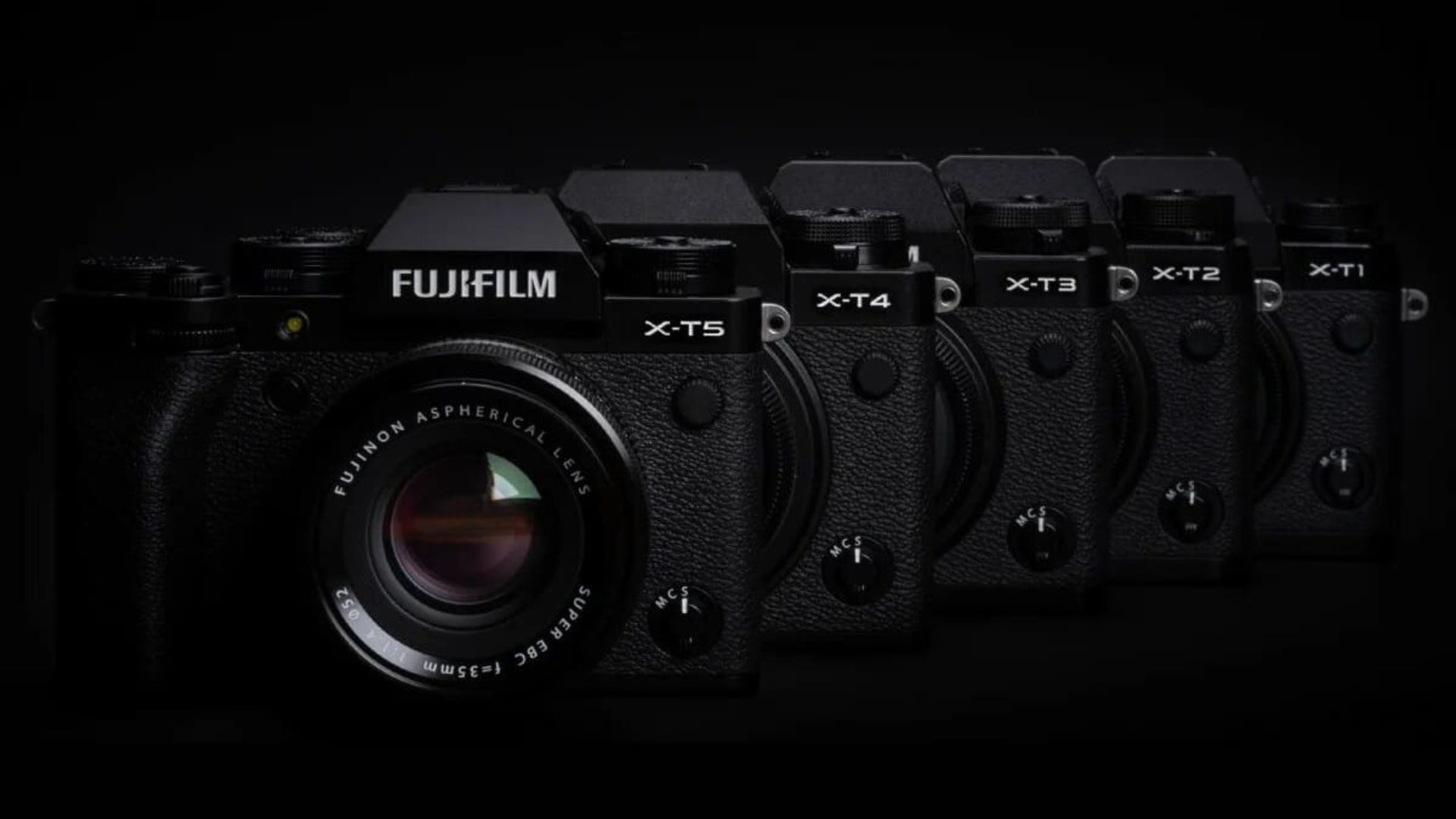
credits: Fujifilm
Back in 2022, Fujifilm kicked off its fifth generation of APS-C cameras with a new 40-megapixel X-Trans sensor and the X-Processor 5. That combo has powered most of Fujifilm’s recent bodies, including the X-E5, which arrived in early 2025, and it is still the foundation for the current lineup. By the time May 2026 rolls around, the X-H2S, the very first model of that generation, will already be four years old. The X-H2 followed a few months later in September 2022, and the X-T5 closed out the year in November.
Fans of the X-T line have been waiting for news on what comes next, and it looks like there is finally something concrete to go on. According to Fujirumors (usually a solid source for Fuji info) the Fujifilm X-T6 will be announcement in the second half of 2026. That of course is not a precise date yet, but in Fujifilm’s typical release pattern, “second half” usually translates to a window between September and November.
As for what the X-T6 might bring, expectations are already forming. It is widely assumed that Fujifilm will debut a new processor alongside a new or updated sensor, likely the rumoured 46-megapixel X-Trans VI. That would set the stage for the next generation of X-series bodies over the following years. Early rumours and chatter also points to around 10 stops of IBIS, new film simulations, and a price that could land near $3,000.
Download The World’s Best Lightroom Presets
Something You Have To Check Out
Turn AI Into Your Income Stream
The AI economy is booming, and smart entrepreneurs are already profiting. Subscribe to Mindstream and get instant access to 200+ proven strategies to monetize AI tools like ChatGPT, Midjourney, and more. From content creation to automation services, discover actionable ways to build your AI-powered income. No coding required, just practical strategies that work.
Weekly Photo Technique Exploration
Welcome to a new section of the magazine where every week we will explore a new photography technique from across various photography genres.
This week’s technique: Panning Photography
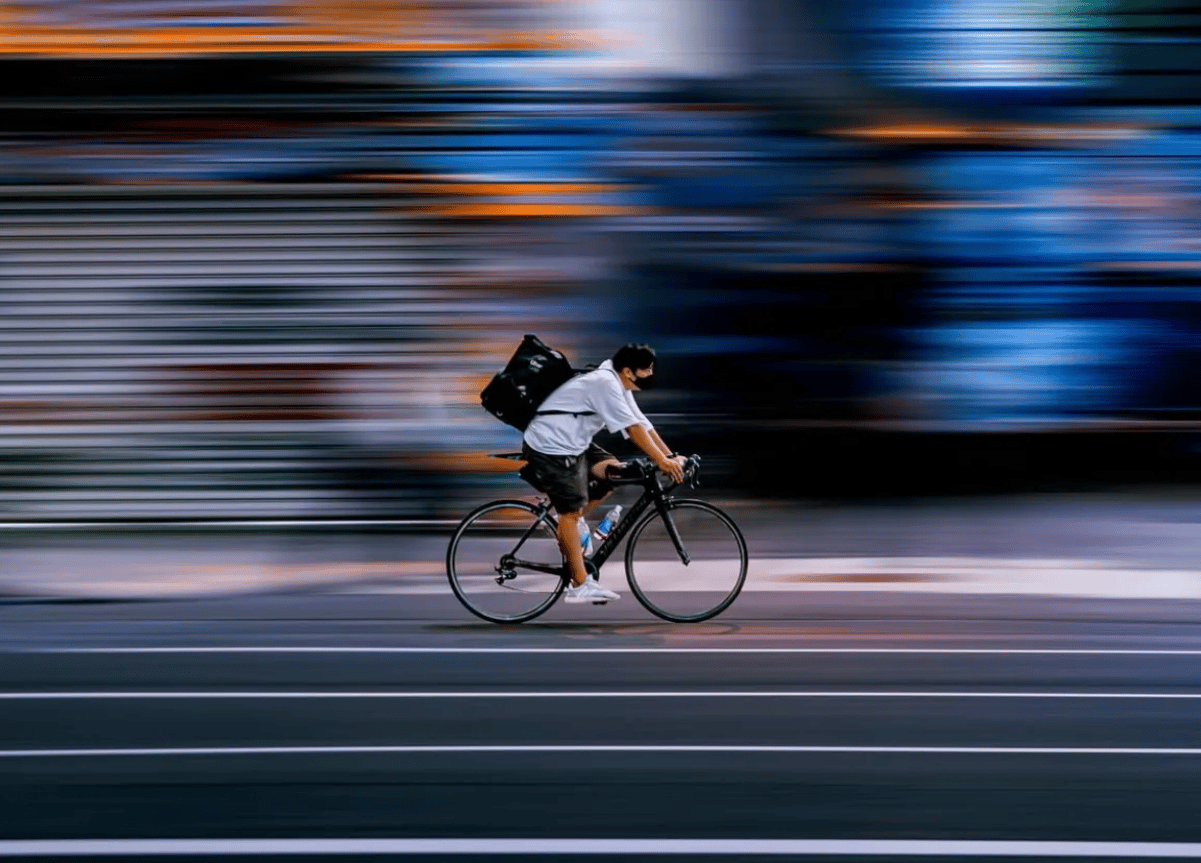
Kenta Hayashi
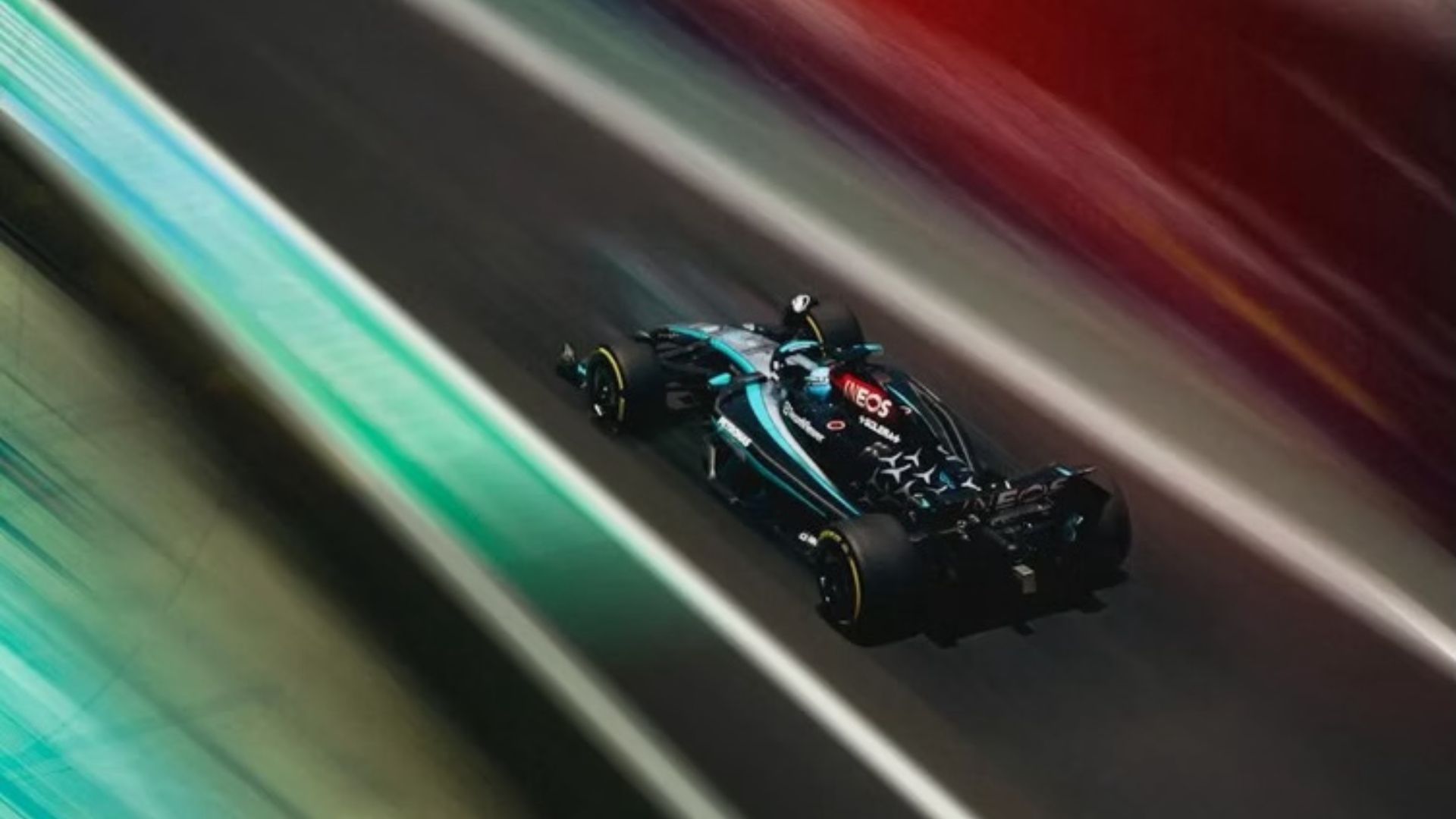
Quentin Tarinio
What Is Panning Photography
Panning is a technique were you are trying to match your camera’s motion to someone (/something) else’s movement, with the goal of hitting that perfect moment where everything lines up, the subject’s speed, your own rotation, your shutter etc.
The key thing here is relative motion. Your subject stays sharp because, for a fraction of a second, you are essentially moving with them. Meanwhile, the world behind them sort of smears into streaks because it is moving relative to you. The better you match the speed, the cleaner and sharper your subject becomes.
The Technical Side
Most people start with “Use a slow shutter speed,” but that is only half the story. You are controlling three KEY variables at once:
Subject speed
Your pivot speed
Shutter speed
These three have to fall into harmony. If one is off, your subject blurs. If all three align, your subject is clear with the buttery streaks in the background.
A little guide on shutter speed vs subject speed:
Fast-moving subjects (cars at 50–80 km/h): 1/80s–1/125s
Medium subjects (cyclists, skateboards): 1/30s–1/60s
Slow subjects (walkers, dogs trotting, slow joggers): 1/10s–1/25s
What To Do About Autofocus
Make sure to use Continuous AF
Use Zone or expanded AF, not single-point, since your subject is moving you need flexibility.
Turn on tracking sensitivity if your camera has it, you want it to stay locked on your subject and not jump to something in the background.
Use Back-Button Focus so your AF isn’t tied to the shutter, this gives you way smoother tracking.
Stabilisation: ON or OFF?
This is sort of a fun one because it depends heavily on your lens.
If you have a lens with panning-aware stabilisation, turn it on, it stabilises vertical shake but lets horizontal motion through.
If your lens doesn’t have a panning mode, turning stabilisation off can sometimes give you better results.
Bottom line → try both. Different lenses behave differently.
Camera Settings
Aperture:
f/8–f/11. More depth of field means more forgiveness if your focus isn’t perfect.
ISO:
100–200 in daylight. However you can use a circular polariser (drops ~1–2 stops) or a 3–6 stop ND filter to get to 1/20s in full daylight.
Shutter Speed:
No ‘‘one fits all’’ answer here sorry to disappoint, you need to test different shutters until your background blur density matches the subject’s velocity and distance from you.
The Pivot Technique
Good panning isn’t about arm movement (most people tend to think that), it is about rotating your whole upper body as one unit. Here is how to do it:
Make sure to plant your feet shoulder-width apart.
Point your hips where the subject will end the movement.
Twist your torso back to where the subject will begin.
As they move, rotate smoothly through your core/arc.
Fire the shutter somewhere in the middle
Crucially → keep rotating after you take the shot. Stopping abruptly is a no no.
Some More Tips for Along the Way
You can use burst mode but do not spray mindlessly.
Think ahead → make sure your subject has room to “move into.”
Vertical panning is also a thing, it works great with waterfalls for example.
Consistency beats luck. If you nail 1 shot in 40, that is normal. If you nail 1 in 20, you are improving. If you nail 1 in 5, you have mastered it.

